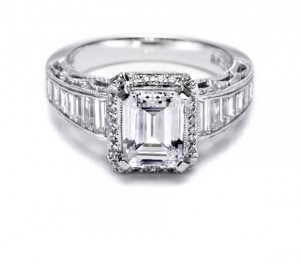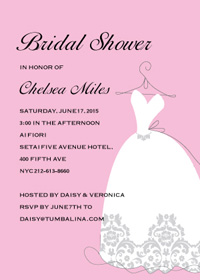|
7 Nov |
|
|
2:44 am Posted by Nicola |
Have you ever wondered why Hanukkah cards, lights, candles and other decorations are mostly blue and white, or blue and silver? We consulted a number of sources and were surprised to find several (sometimes conflicting) answers to this question, ranging from the literal to the symbolic to the cynical.
The most literal explanation for the blue and white is that these are the colors of the Israeli flag and these national colors are particularly meaningful during Hanukkah as the holiday commemorates the Jewish victory in reclaiming their Temple and overturning the ban on their religious practice. This is probably the most obvious and widely-held reasoning for the blue and white.
[Bright Hanukkah by designer Amanda Zoss]
A more symbolic explanation of the traditional Hanukkah colors is that blue is a symbol of faith and consistence and white is a symbol of purity. Combined, these colors represent the faith that Jews have in God and the Hanukkah miracle.
[Hanukkah Gift by designer Amanda Zoss]
Another explanation of Hanukkah colors has a highly cynical tone shared by numerous online postings and blogs. This opinion is that there are no traditional Hanukkah colors with religious significance; and while the blue and white may have evolved from the Israeli flag, the white was changed to silver in order to add a festive glittering effect. Folks holding this opinion believe that companies ‘branded’ the blue and white/silver Hanukkah colors as a commercialized response to the red and green color ‘brand’ of the Christmas market.
Considering the many revered symbols of the Jewish faith such as the menorah and the Star of David, these conflicting explanations of the Hanukkah blue and white should not be cause for concern. Visit LookLoveSend.com to see the beautiful Hanukkah cards featured above or to view an array of other card designs from the elegant to the playful. All our cards are printed on premium quality paper. Order before November 15th to receive 15% off your order.
|
7 Nov |
|
|
2:35 am Posted by Nicola |
We vow not to mention the infamous “kouple” whose 72-day marriage recently started and ended in the media glare. While wedding invitations and favors may be ironic keepsakes stashed in drawers of their 400+ wedding guests, handling of the 20.5 carat ($2 million) engagement ring is a more complicated situation.
Not surprisingly, the matter of engagement ring ownership after a breakup is often a sticky issue. Sticky enough that most states have laws governing this issue.
InCalifornia, it depends on who broke the engagement so if the bride breaks it off she must return the rock.
In New York, North Carolina, Minnesota, Tennessee and some other states, courts consider engagement rings to be conditional gifts that must be returned to the gift giver if the condition (a.k.a. the marriage) does not take place. And this is regardless of who broke off the engagement.
In Kansas and Montana, a given gift cannot be taken back.
Many courts consider the engagement ring a simple gift if it is given on a birthday or holiday such as Christmas or Valentine’s Day. In these cases, returning the ring is not required if the promise of marriage is broken.
For states without such ‘engagement ring’ laws, rulings and guidance from nearby states are usually considered in cases appearing before the court.
So if the gossip mags are correct, that 20.5 carat sparkler should be returned from bride to groom in this latest big California breakup. Next issue: what to do with those wedding gifts…stay tuned for a future Invite & Delight blog on this topic.












